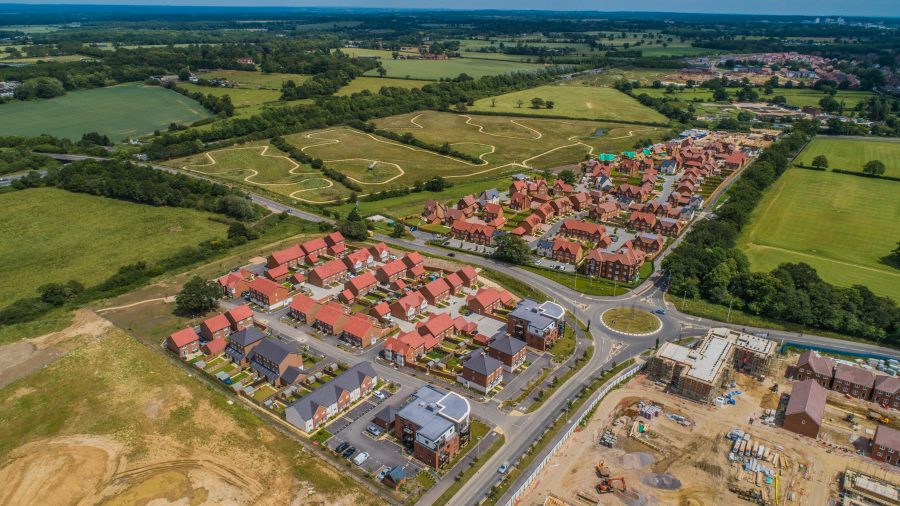In December the Government’s new National Planning Policy Framework (NPPF) introduced some of the most significant changes to English planning rules in recent years. Forming a key part of the promised ‘blitz’ of our planning system, it is pro-development and includes a reversal of many changes introduced by the previous government in 2023. Writes Clare Bartlett MRTPI PIEMA Partner Planning, Batcheller Monkhouse.
The most significant changes are geared towards helping the Government’s ambitious house-building plans. These changes will impact significantly on many rural areas across the country, with housing delivery needing to be balanced with economic priorities and environmental considerations.
The headline points are:
- Local planning authorities (LPAs) are required to meet their identified housing need, and reference to ‘exceptional circumstances’ which previously might have justified a reduction has been removed.
- Changes have been made to the ‘standard methodology’ formula used to calculate housing targets, which generally results in increased housing requirements across most of the South East. The calculation includes an affordability multiplier which has the effect of significantly increasing housing targets in the less affordable areas, for example Chichester (increase from 760 dwellings per annum to 1305), East Hampshire (575 to 1142), Elmbridge (653 to 1562), Horsham (917 to 1357), Mole Valley (460 to 833), Sevenoaks (704 to 1149), Tunbridge Wells (660 to 1098) and Waverley (710 to 1481).
- The ‘presumption in favour’ of sustainable development is retained, but modified to clarify the circumstances in which it may apply where a local plan is out of date. This includes important principles such as the sustainability of the location, the suitability of the proposed land use, quality of design and provision of affordable homes.
- LPAs must undertake a green belt review where they are unable to meet their identified development needs.
- A new sequential test is in place for development in green belts. Priority will be given to previously developed land, then grey belt (which is land that does not strongly contribute to green belt purposes), then other green belt land.
- All new housing developments in the green belt must provide at least 15% more affordable housing than would normally be sought, subject to an overall cap of 50%.
- Significant weight will now be given to the benefits associated with renewable and low carbon energy generation. LPAs should consider identifying suitable areas for such development when producing plans.
- Some development will be permitted in flood risk zones. Development on sites with some flood risk within site boundaries, where no built development is in the affected area, could now be supported.
- There is an emphasis on the need to mitigate and adapt to climate change.
For agricultural development specifically, the new NPPF offers nothing new beyond support for the development and diversification of agricultural and other land-based rural businesses. To support the level of planned housing development, the planning system will need to facilitate development to meet the needs of a modern economy. Protection given to the best and most versatile agricultural land has not been enhanced.
Clearly more changes are needed if the Government is to succeed in its ambitious building plans. Ultimately, these still rely on better resourced planning authorities and changes to the way in which decisions are made to speed up decision making, to the benefit of all planning applicants.
The new NPPF reflects the Government’s pro-growth stance. Given that LPAs and rural landowners will likely be navigating these changes in 2025, it’s crucial for landowners to start preparing early to capitalise on the pro-growth agenda.
For more like this, sign up for the FREE South East Farmer e-newsletter here and receive all the latest farming news, reviews and insight straight to your inbox.







